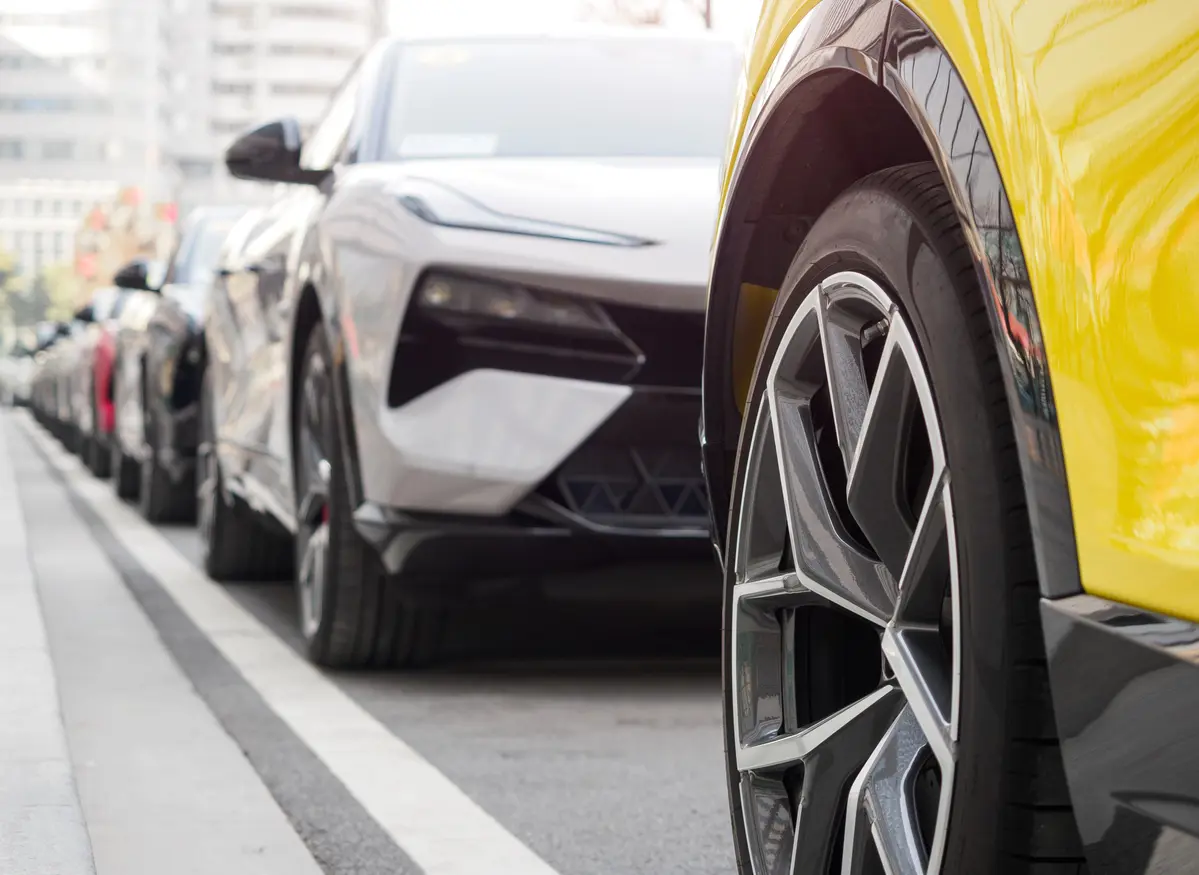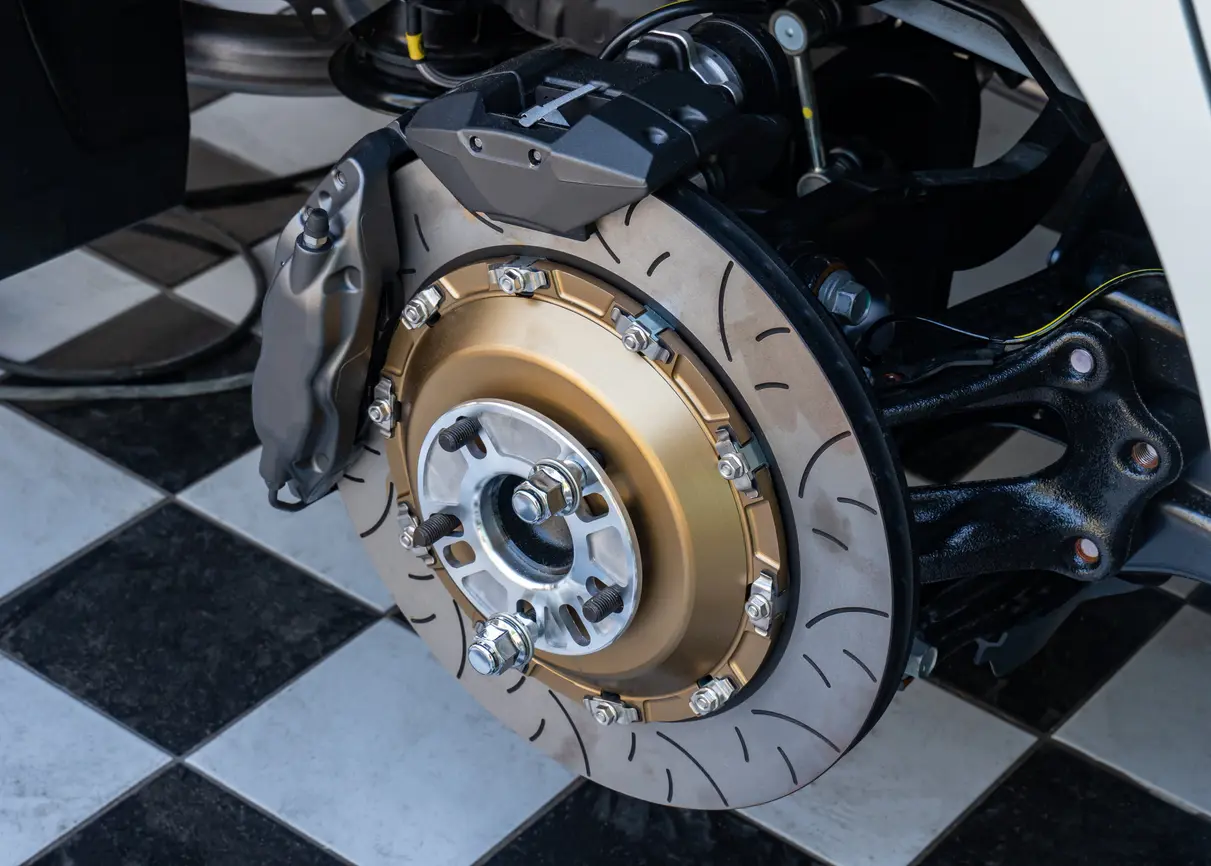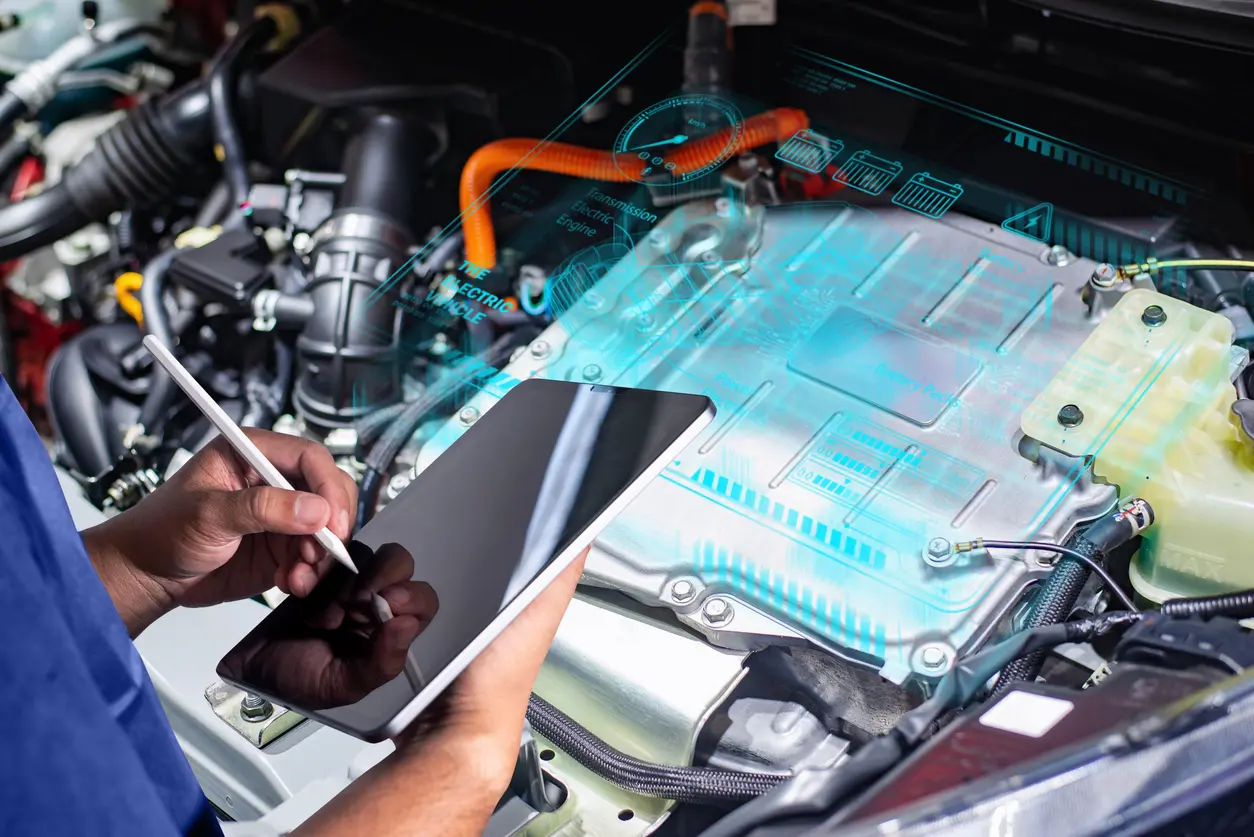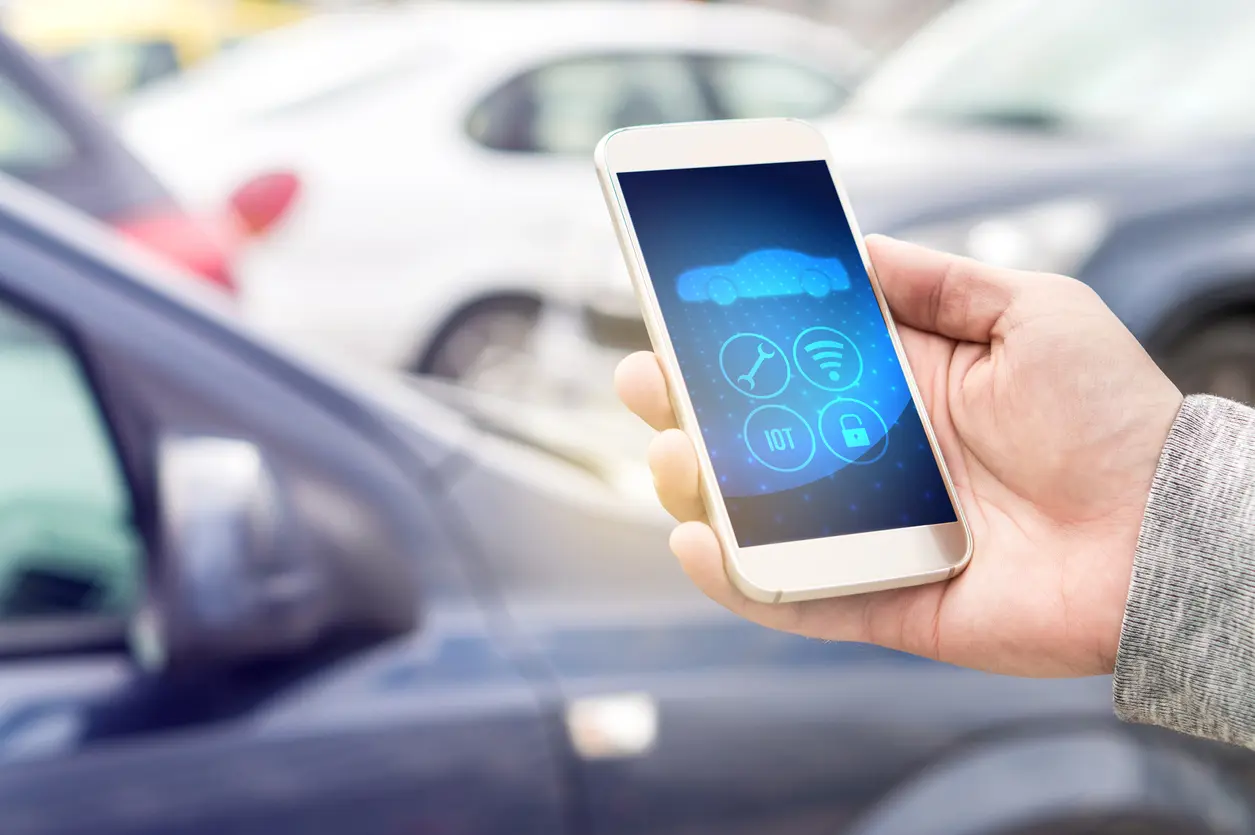What is preconditioning?
Preconditioning your EV refers to getting it to a comfortable temperature both for you and its battery before you head out.
Summer weather for drivers and passengers alike brings up not-so-sweet memories of getting into a cooked cabin. The only way around that before you turn on the engine is to leave all the car doors open to release that heat.
The winter means not only clearing snow and ice from your vehicle, but sitting inside a cabin that chills you to the bone. Of course, many new vehicles these days offer seat heating and sometimes even steering wheel heating, but that doesn’t mean the rest of you will warm up fast.
EVs, though, because of their heavy reliance on software and because they can be charged at home, offer a unique experience.
Preconditioning refers to letting your car warm up or cool down before you step inside. So long as your vehicle is plugged in, this won’t affect your battery’s range.
How temperature control differs in electric and ICE vehicles
You can’t precondition a gas-powered vehicle in this way for two main reasons.
First, you need the engine running to do almost anything in the vehicle. This means wasting gas. In addition, the engine needs to turn over, i.e., the car needs to be driven, to produce heat.
What about the air conditioner? It also relies on the engine. Although the air conditioner is powered by the alternator, the engine supplies energy to the alternator.
In addition, the alternator provides energy to your gas-powered vehicle’s 12V battery. In other words, if you run anything in your vehicle without the engine turning over, you’ll drain your battery.
An EV, on the other hand, uses electricity to control temperature because it doesn’t have an engine. This process takes energy from the battery, reducing its range when you’re out for the day.
By preconditioning your vehicle, you save battery energy for your trip. One major bonus of EVs is that they don’t produce tailpipe emissions, so you can precondition the vehicle in a garage without worrying about fumes.
Preconditioning your EV in the summer
Heat affects your battery’s range. When a battery is at a comfortable temperature, the chemical reaction in the lithium-ion battery runs at optimal levels. This gives you the longest range you’ll get.
Hot air affects your battery’s range and its condition. When the battery’s operating temperature gets too high, chemical reactions in the battery accelerate. This both ages your battery faster and reduces its range.
Your EV has a battery management system that keeps the battery at cooler temperatures. Although EV batteries can perform up to 60 ˚C, their optimal performance temperature is 15 ˚C to 20 ˚C.
Even when stored inside the garage of a house, the hot ambient temperature will heat up your EV. Preconditioning it before you drive not only saves battery life; it also protects the condition of your battery by giving it a head start to the day’s summer temperatures.
Preparing your car for winter
Although hot temperatures affect your EV’s battery, cold temperatures have a more adverse effect on it. Thankfully, these effects are usually temporary and shouldn’t cause any long-term damage to your battery.
The primary issue is that the cold slows down the chemical reactions in your EV’s battery. This translates into less energy and therefore decreased range.
You’ll probably start noticing problems with range once the temperature drops below 4 ˚C. We also recommend not leaving your EV exposed to temperatures below -17 ˚C unless it’s plugged in.
Your EV’s battery management system will help things along as you drive, but preconditioning your car before you head out for the day will help.
How to precondition your EV
This is the simple part: either turn it on manually from your EV’s app on your phone or schedule your vehicle’s preconditioning via the infotainment system. You can access these remote features anywhere, including from the comfort of your own home.
Preconditioning an EV doesn’t need to be reserved just for your first ride of the day. If, for example, you charge your vehicle while you’re shopping, you can precondition it then, too. The cost of electricity will probably be higher, but the benefits should outweigh the costs in this situation.
Tips for preserving battery power
Follow these tips to preserve EV battery power:
- Avoid quickly accelerating and hitting the brakes. These pull extra energy from the battery.
- When it’s cold outside, park your vehicle in the sun.
- In warm seasons, seek shade for your EV.
- In extreme weather, plug in your vehicle whenever you can so its battery management system can run without taking power from the battery itself.
- Do your best to avoid brief trips with frequent stops and cold starts. Consumer Reports found that this kind of driving can zap battery energy by as much as 50%.
It sounds complicated
Sometimes, when learning about how to maintain an EV, the advice can overwhelm. However, for EVs and ICE vehicles in hot or cold temperatures, the advice is often the same: park in the shade when it’s hot out and in the sun when it’s cold out. Neither motor operates well in extreme temperatures.
The bonus with EVs is that you can precondition them, i.e., cool them down in summer before you get in and warm them up ahead of time in winter. Also unlike gas-powered vehicles, you can charge your EV at home and at other locations where you shop, work, and stay overnight. To fill up your ICE vehicle’s tank, you need to stand outside at a gas station no matter the weather.
Once you get used to a preconditioned car, you’ll wonder why all your friends are still driving ICE vehicles.
For more questions about preconditioning your EV, visit your nearest NexDrive service station.

Why do electric car tires wear out so fast?
EV tires experience increased tread wear because of instant torque and unsprung weight. Learn why electric vehicles lead to worn-out tires and how to extend the lifespan of EV tires with proper maintenance.

Why regenerative braking is bad for your brake pads
Regenerative braking improves energy efficiency, but can cause brake pad issues because of reduced mechanical brake use. Learn how to maintain your brake system and prevent costly repairs in this article.

Does an EV need regular general maintenance?
Although EVs require less maintenance than gas-powered vehicles, they still need regular care. Learn about battery health, brake maintenance, and more here.
